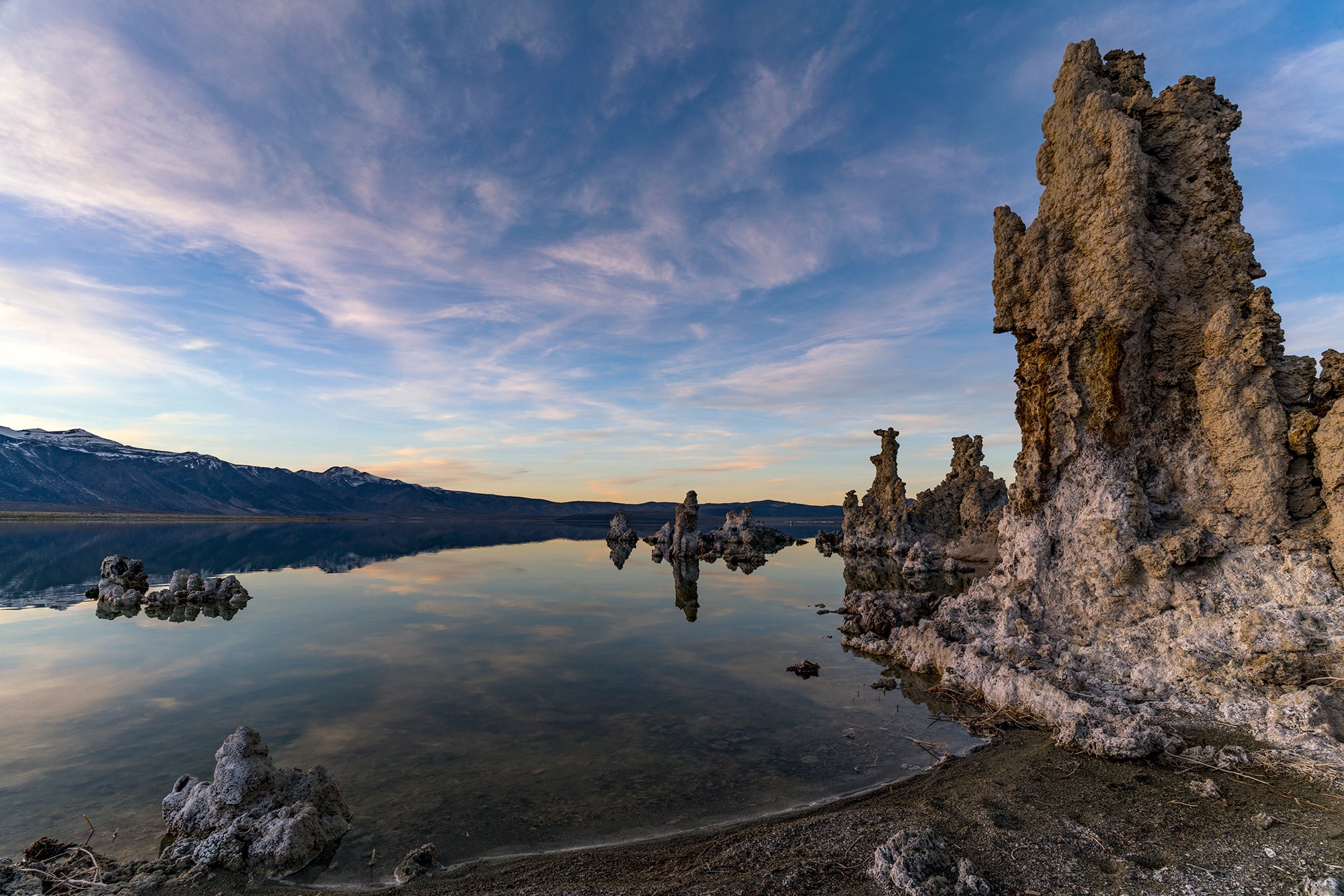How Circular Polarizers Work

Top 5 Reasons to Own a Circular Polarizer
-
Controls reflections on glass, water, leaves, and sky.
-
Improves contrast
-
Increases color saturation
-
Removes atmospheric haze
-
Provides 1-2 stops of Neutral Density for longer exposures
Key Features to Look for
All polarizers are not created equal and poor quality glass, low quality polarizing films, and bad frames can affect sharpness, resolution, contrast and color. Polarizing glass is made by sandwiching a "polarizing film" between 2 pieces of glass and using special adhesives and manufacturing processes to fuse them into a single unit. If anything is missed during this process, the filter can ruin a great image. Here are features to look for:
- Optical Glass is best but a lot of great polarizers are made from hardened and tempered glass.
- Optical Thin Polarizing Film is a must and should be stated by the manufacturer. Low quality and low cost filters will avoid optical grade films to save money.
- Multi-coatings are great because they improve light transmission and reduce the chance for flare and ghosting. Most polarizers are not multi-coated because it is harder and more expensive to apply the coating correctly.
- Black Rimmed glass means the manufacture took extra care to paint a black rim on the outside edge of the glass. This ensures light does not bounce around and off the surface of the filter frame, which can cause more flare and ghosting.
- HRT vs Standard polarizing films. The polarization effect is the same from both types but a HRT (High Rate Transmission) film allows 2/3 to a full stop more light to pass through the filter than a standard film. This translates to faster more accurate AF and easier viewing when using an optical viewfinder.
How a Polarizer Works and When to Use it
A circular polarizer is designed to do one thing: remove or control reflections from surfaces like water, glass, paint, leaves, sky, buildings, streets, and the list goes on. When light hits those surfaces they create glare that increases highlights, reduces color and detail. Almost every scene contains some kind of glare, and a circular polarizing filter will help you control that glare before it reaches your image.
A polarizer frame is made of two pieces attached together. One piece holds the glass and the other piece attaches to your lens. Once the filter is secured to the lens, the front piece of the filter will rotate freely. It is this rotation that will allow the photographer to control the polarization effect. By looking through the viewfinder or live screen, begin rotating the filter until you get the amount of reflection removal you need. Depending on the lighting conditions the effect may be dramatic or subtle so it is important to look at the details and the areas that are most important to you to control. Below are examples of common subject where a circular polarizer is used.
Blue Sky
A circular polarizer darkens blue skies and helps bring out clouds. This helps during both blue sky days as well as cloudy sunsets and sunrises.


Water
When photographing any scene with water in it, there is a large amount of glare. A polarizer helps reduce the glare so that you can see the true color of the water, as well as see through to some of the rocks or other details below the surface of the water.


Foliage
Leaves from trees and bushes hold glare, especially when wet. By using a polarizer, you can help bring out the colors and textures of foliage.
Glass / Reflections
Glass and windows reflect light and can wash out entire buildings. A circular polarizer reduces or removes the reflections to see what is on the other side.
Paint
Taking a photo of a house or car? Most paints are shiny and reflect more light then needed, which in turn lightens or washes out their color. A Circular Polarizer reduces or removes the reflections for better color.

